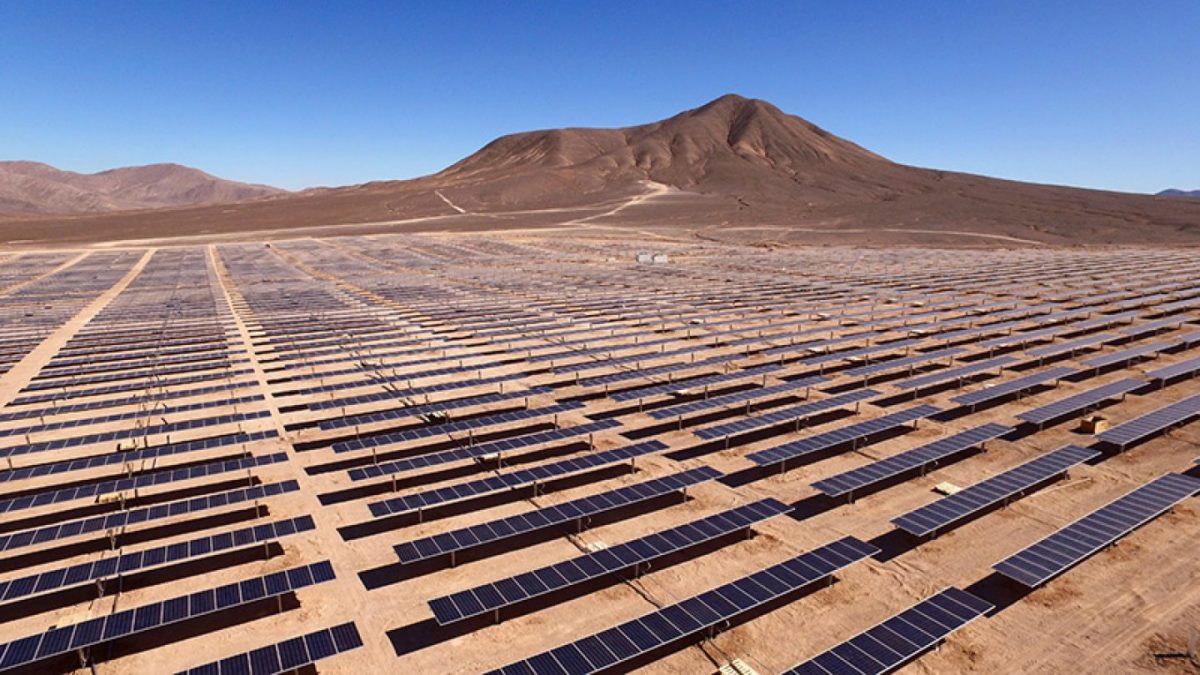The British-headquartered solar arm of oil major BP, Lightsource BP has secured financing for its first Australian utility-scale solar project. The developer has agreed on a senior debt facility with Dutch bank ING and Export Development Canada (EDC) to fund a 200 MW project, located in New South Wales.
The solar project is the largest single plant to be financed by Lightsource BP to date and one of the first to use bifacial solar panels at the utility-scale. Construction is due to start shortly and will showcase next-generation Canadian Solar bifacial panels, alongside Array Technologies DuraTrack HZ v3 single-axis solar trackers. According to Lightsource BP, this combination will make it possible to operate the site to maximum efficiency and boost levels of energy production.
“Bifacial projects require not only the lowest levelized cost of energy from their tracking foundation but also the most advanced technology to pair with bifacial modules to stack up economically,” said Jeff Krantz, chief commercial officer at Array Technologies, which has established itself as one of the market leader in Australia, supplying 2 GW of its tracker technology to solar farms across the country.
Most of the output is contracted by Snowy Hydro via a 15-year power purchase agreement. The offtake deal was locked in as part of a massively oversubscribed 888 MW renewable energy tender invited by the government-owned retailer last year. At the time, Snowy Hydro said that it would be able to offer firm supply contracts at less than $70/MWh, which undercut the wholesale price of electricity.
With an installed capacity of 200 MW, the solar farm is expected to produce approximately 435,000 MWh of clean electricity a year. Enough energy to power approximately 72,500 homes and cut carbon emissions by 350,000 tonnes.
“This project is the first in the Australian pipeline to come to fruition, and is just the beginning of Lightsource BP’s ambition to be a leader in the Australian solar market,” Adam Pegg, Country Manager for Australia at Lightsource BP, said. “Our team is hard at work advancing a number of projects across the NEM. We’re proud to be pushing the low-carbon transition forward in this country, and to be contributing to the company’s wider goal of achieving 10 GW of solar in the next five years.”
Most recently, the developer proposed a 100 MW solar project for South Australia and held a community information event in Mannum, to outline its proposal to fund, build and operate the project. The developer’s first proposal in Australia was the 50 MW Naring Solar Farm in northern Victoria, followed by the 15 MW Winton Solar Farm.
For its latest projects, ING are underwriting two-thirds of the financing with EDC funding the remaining third, with National Australian Bank acting as facility agent and security trustee. “We are delighted to support Lightsource BP on its first solar project in Australia,” said Michiel de Haan, Global Head of Energy for ING, adding that the Dutch bank is keen to support Lightsource BP on an ongoing basis on their global initiatives in the renewable energy space.
“This is an important transaction for us because it supports Canadian Solar taking their market-leading technology to international markets and further strengthens EDC’s presence in Australia’s renewable sector,” said Jean-Philippe Nolet, Director and Head of Renewables & Sustainable Technologies at EDC.
After it closed its subsidiary, BP Solar, in February 2012, British Petroleum made its first move back into PV with the acquisition of 43% stake in British renewables firm Lightsource in 2017. The company played a major role in the U.K. solar boom and emerged as one of Europe’s leading solar developers before it turned its focus to overseas expansion. In July, the developer announced the acquisition of a 1.9 GW of solar generation capacity in various stages of development from Brazilian developer Enerlife.
This content is protected by copyright and may not be reused. If you want to cooperate with us and would like to reuse some of our content, please contact: editors@pv-magazine.com.









By submitting this form you agree to pv magazine using your data for the purposes of publishing your comment.
Your personal data will only be disclosed or otherwise transmitted to third parties for the purposes of spam filtering or if this is necessary for technical maintenance of the website. Any other transfer to third parties will not take place unless this is justified on the basis of applicable data protection regulations or if pv magazine is legally obliged to do so.
You may revoke this consent at any time with effect for the future, in which case your personal data will be deleted immediately. Otherwise, your data will be deleted if pv magazine has processed your request or the purpose of data storage is fulfilled.
Further information on data privacy can be found in our Data Protection Policy.